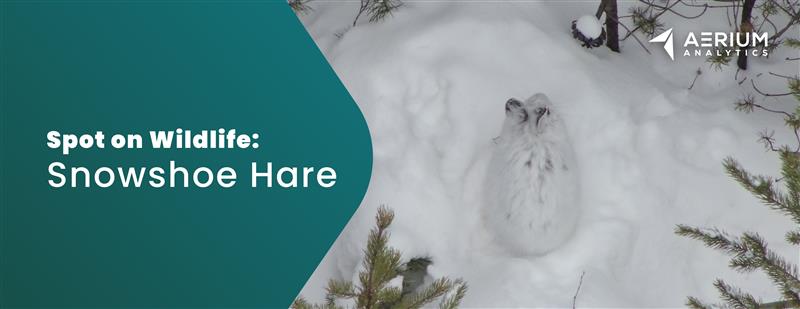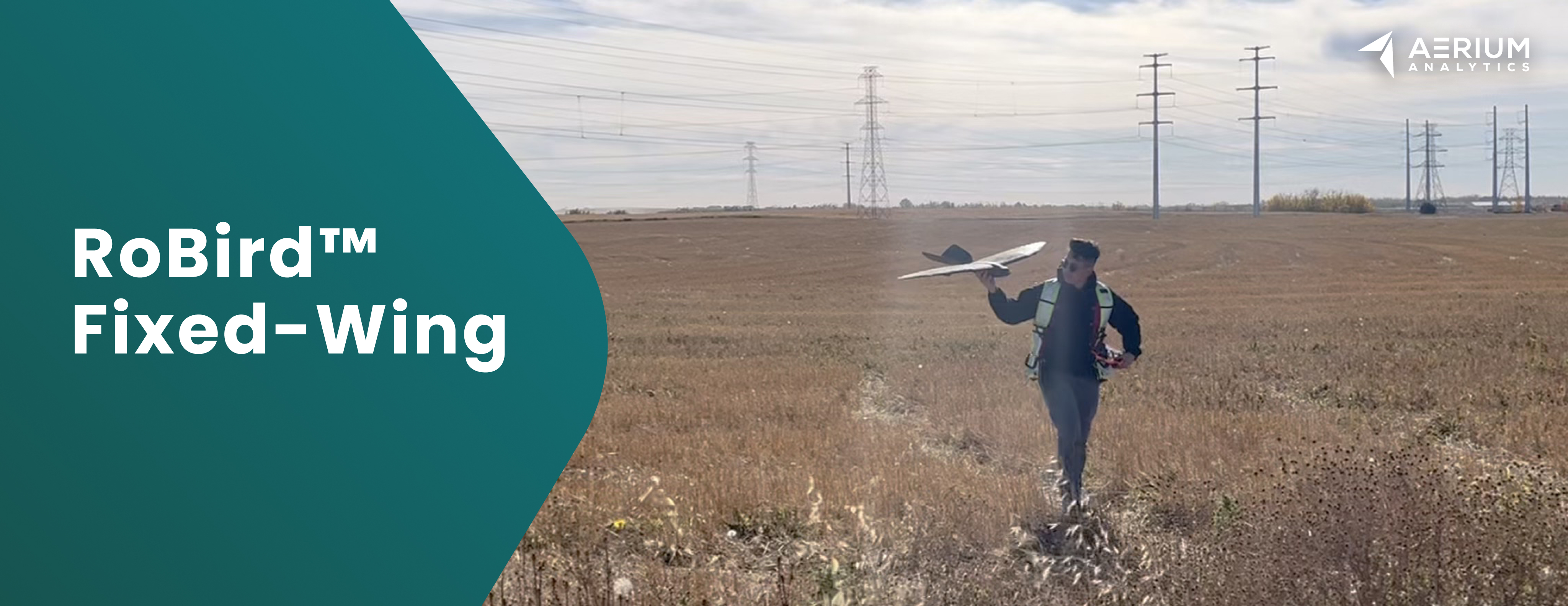
Spot on Wildlife: Snowshoe Hare (Lepus americanus)
In our ongoing series highlighting the remarkable wildlife encountered during our drone-assisted surveys, this time we turn our focus to the Snowshoe Hare (Lepus americanus).
These elusive mammals are integral to Canada’s boreal forests, and understanding their behaviours and habitats underscores the importance of conservation efforts. Our innovative drone technology has revolutionized wildlife monitoring, offering new perspectives on species like the snowshoe hare.
The Master of Seasonal Camouflage
Snowshoe hares are aptly named for their large, furry hind feet, which function like snowshoes, allowing them to move efficiently across snow-covered terrain. Their fur undergoes a seasonal transformation, from brown in the summer to white in the winter, providing effective camouflage against predators. This adaptation is crucial for survival in the diverse climates of Canada’s forests.
Habitat and Foraging Behaviour
Snowshoe hares inhabit a range of forested environments across Canada, including both deciduous and coniferous forests. They prefer areas with dense understories that offer ample cover from predators. In Alberta, they are commonly found in boreal forests and mountainous regions.
As herbivores, snowshoe hares have a diet that varies with the seasons. During the summer months, they feed on grasses, leaves, and various plants. In winter, their diet shifts to twigs, buds, and bark from shrubs and trees. Interestingly, they have been observed occasionally scavenging meat, although this is not a significant part of their diet.
Breeding season for snowshoe hares begins in March and can extend through August. Females may have up to three litters per year, with each litter consisting of one to eight young. The gestation period is approximately 36 days. Unlike rabbits, hare offspring are born fully furred and with their eyes open, allowing them to be more independent shortly after birth. While snowshoe hares can live up to six years in the wild, many fall prey to predators before reaching this age.
SOURCE: https://www.ealt.ca/species-spotlight-list/snowshoe-hare
Role in the Ecosystem
Snowshoe hares play a pivotal role in the boreal forest ecosystem. They are a primary food source for a variety of predators, including Canada lynx, foxes, coyotes, and birds of prey. Their population dynamics are known for cyclical fluctuations approximately every ten years, which in turn influence the populations of their predators. This predator-prey relationship is a classic example of ecological interdependence.
SOURCE: https://online.fliphtml5.com/mcff/lhyj/#p=2
Conservation Challenges
Currently, snowshoe hares are not considered at risk and are widespread across Canada. However, they face challenges due to climate change. Warmer winters with less snowfall can disrupt their camouflage, making them more vulnerable to predators.
Additionally, changes in snow depth can affect their ability to move and forage effectively. Conservation efforts focus on preserving their natural habitats and monitoring population trends to ensure their continued role in the ecosystem.
How Drones Are Revolutionizing Wildlife Management
Wildlife management is essential across industries like forestry, agriculture, energy, and aviation. It helps protect ecosystems, ensure safety, and safeguard critical infrastructure.
Traditional monitoring methods can be slow and labor-intensive. Drones are changing that—delivering faster, more precise data that leads to smarter decision-making.
- Forestry: Drones accelerate wildlife surveys, making it easier to identify habitats and reduce the risk of human-wildlife conflicts.
- Agriculture: They help monitor crops, spot early signs of pests, and minimize wildlife-related damage, protecting yields and maintaining balance on the land.
- Aviation: At airports, drones enhance airfield safety by detecting and tracking wildlife activity, enabling timely action to prevent collisions.
- Energy: Around wind farms and power lines, drones monitor wildlife presence, identify sensitive species, and assess habitat impact, all while helping companies meet environmental regulations.
Advancing Toward a Healthier Ecosystem
Protecting wildlife is key to preserving biodiversity and maintaining ecological balance. With drone technology, we’re helping industries monitor species more effectively and sustainably, bridging the gap between conservation goals and operational needs.

